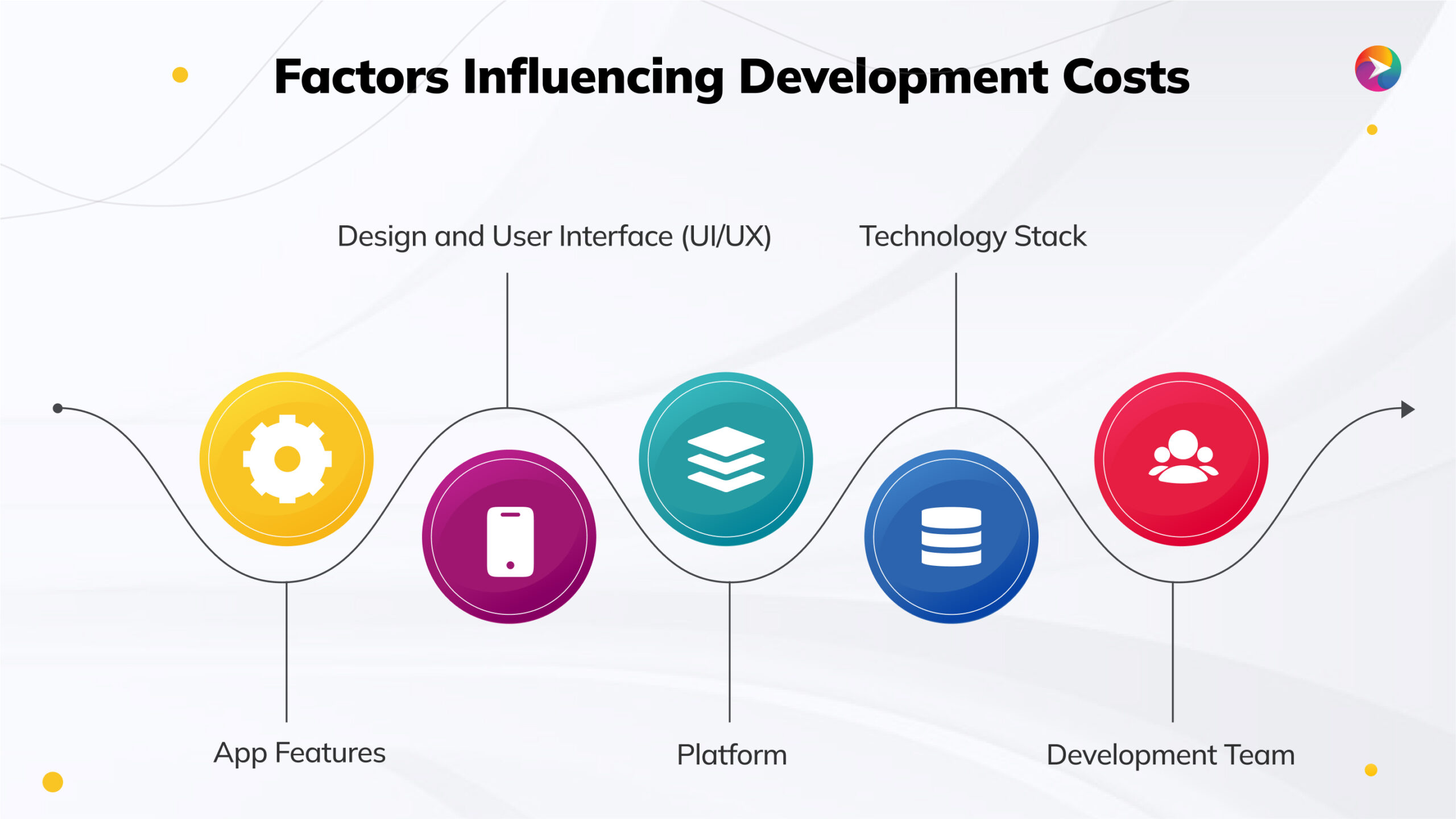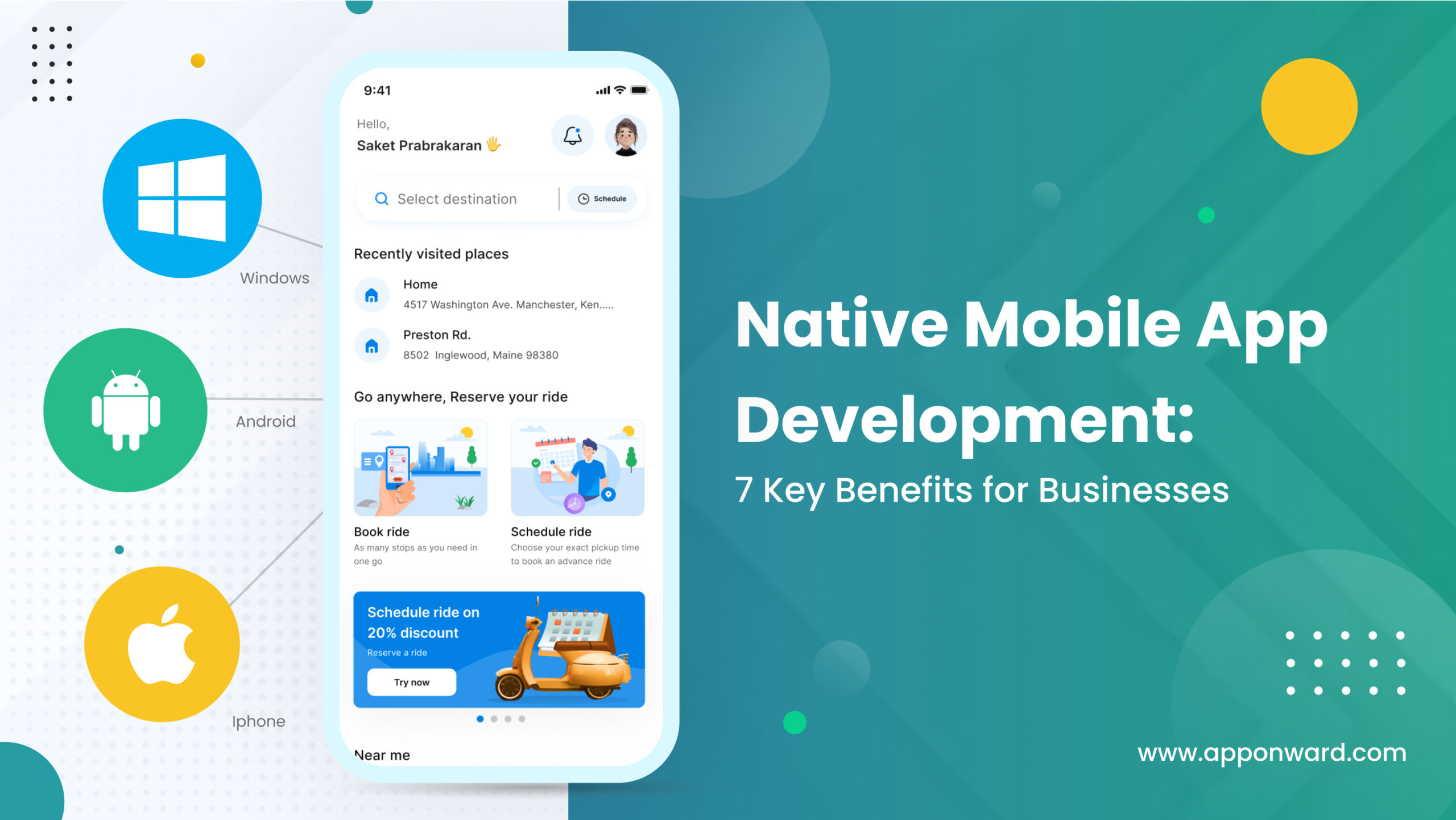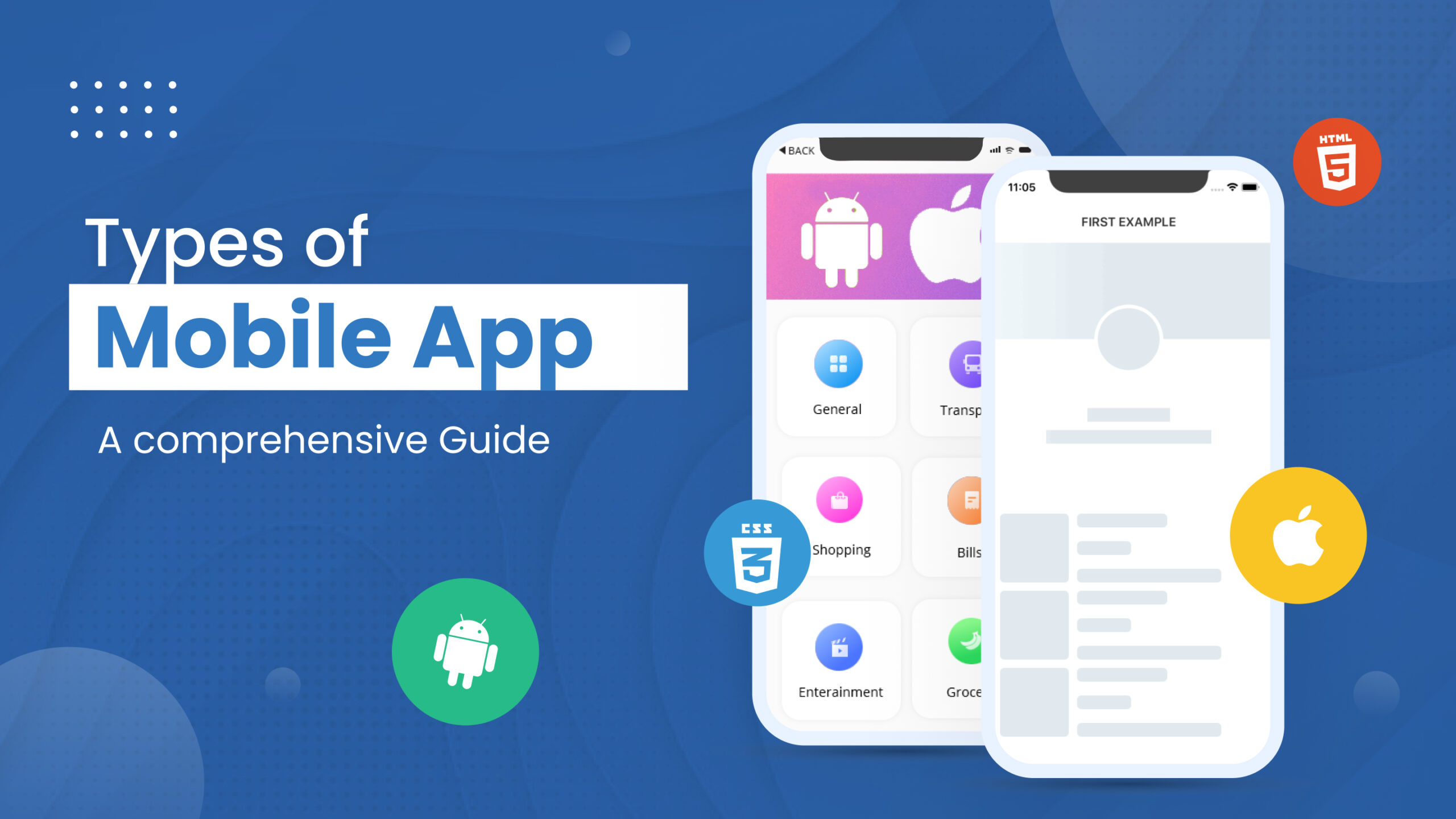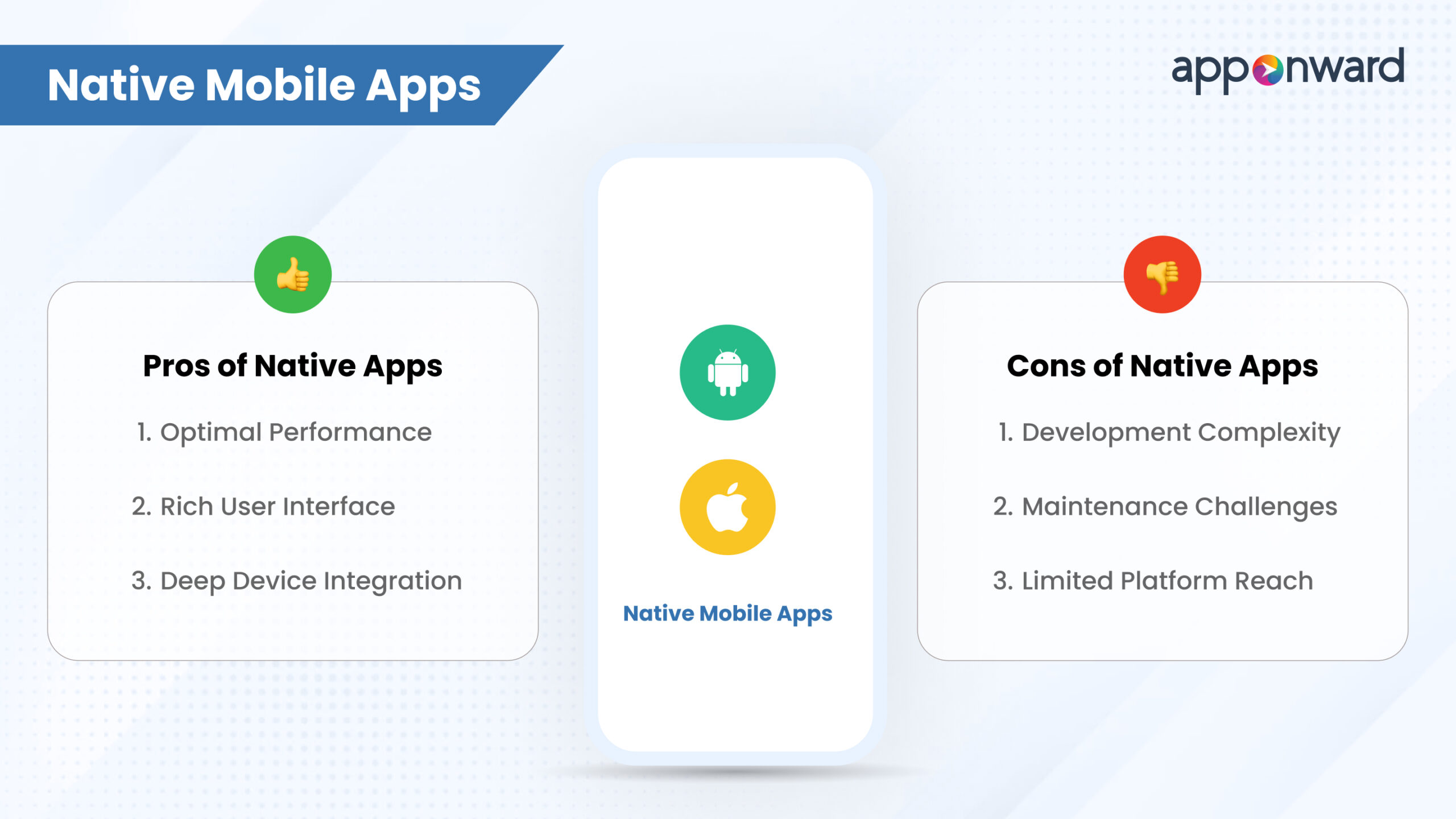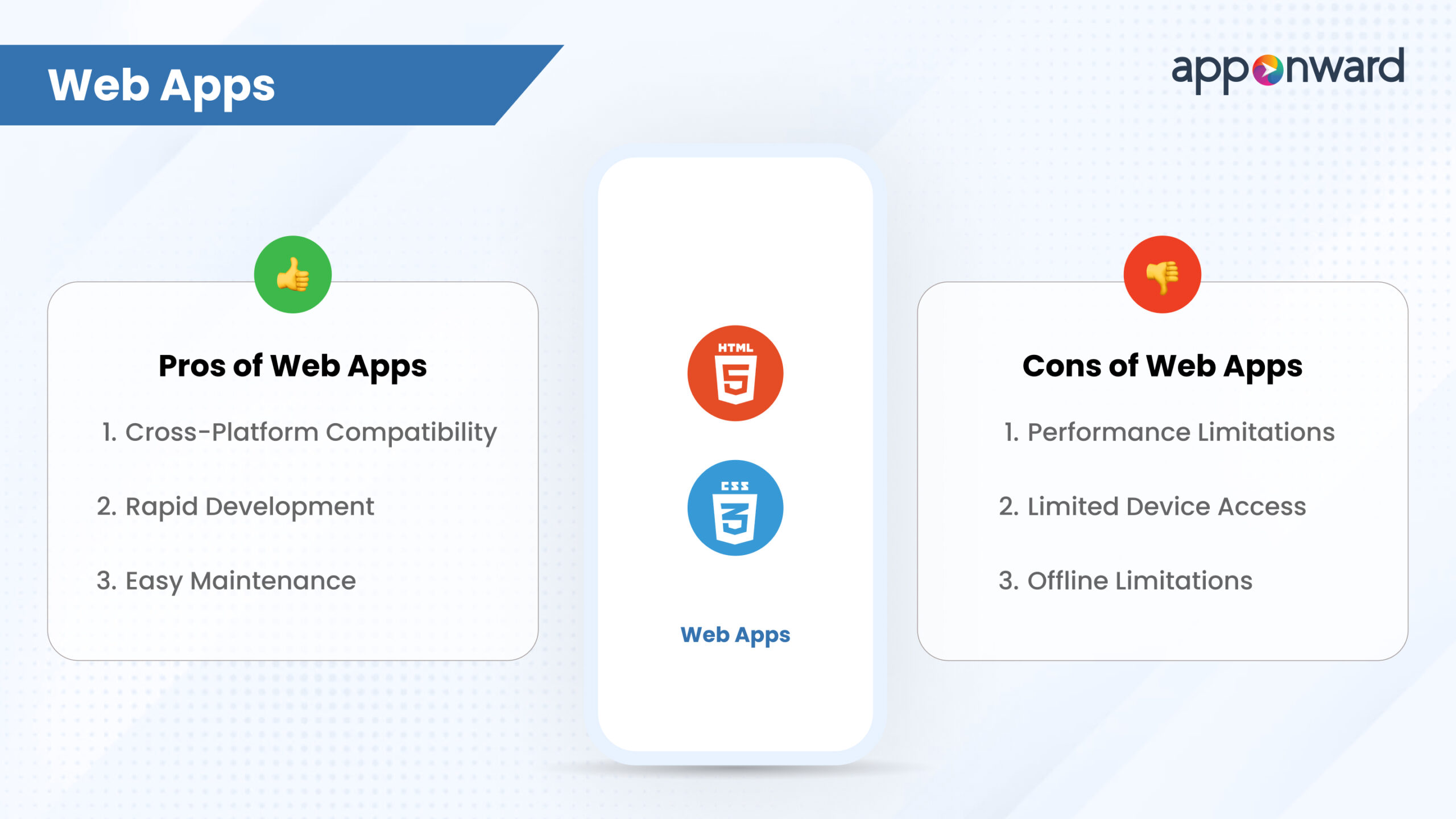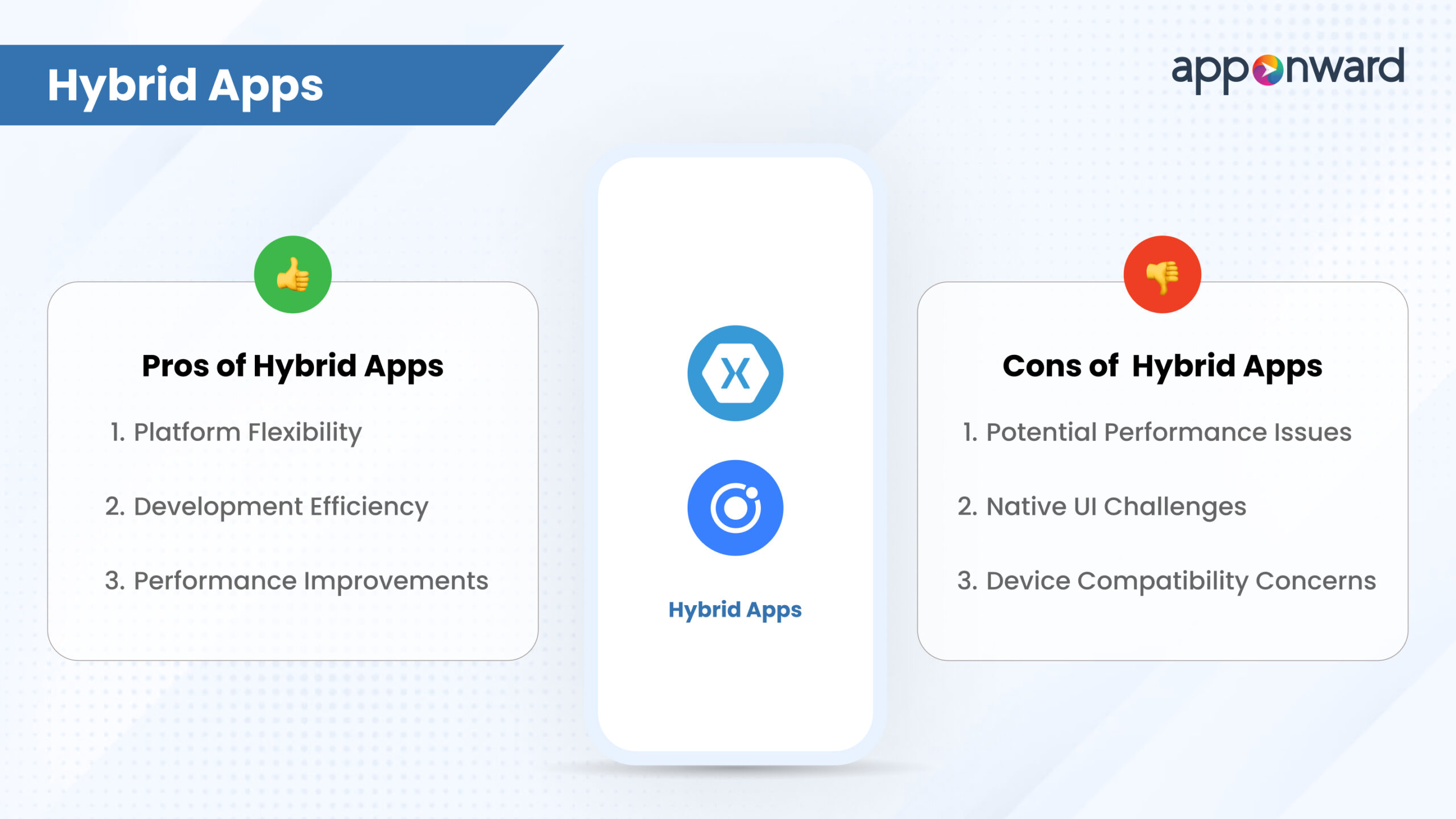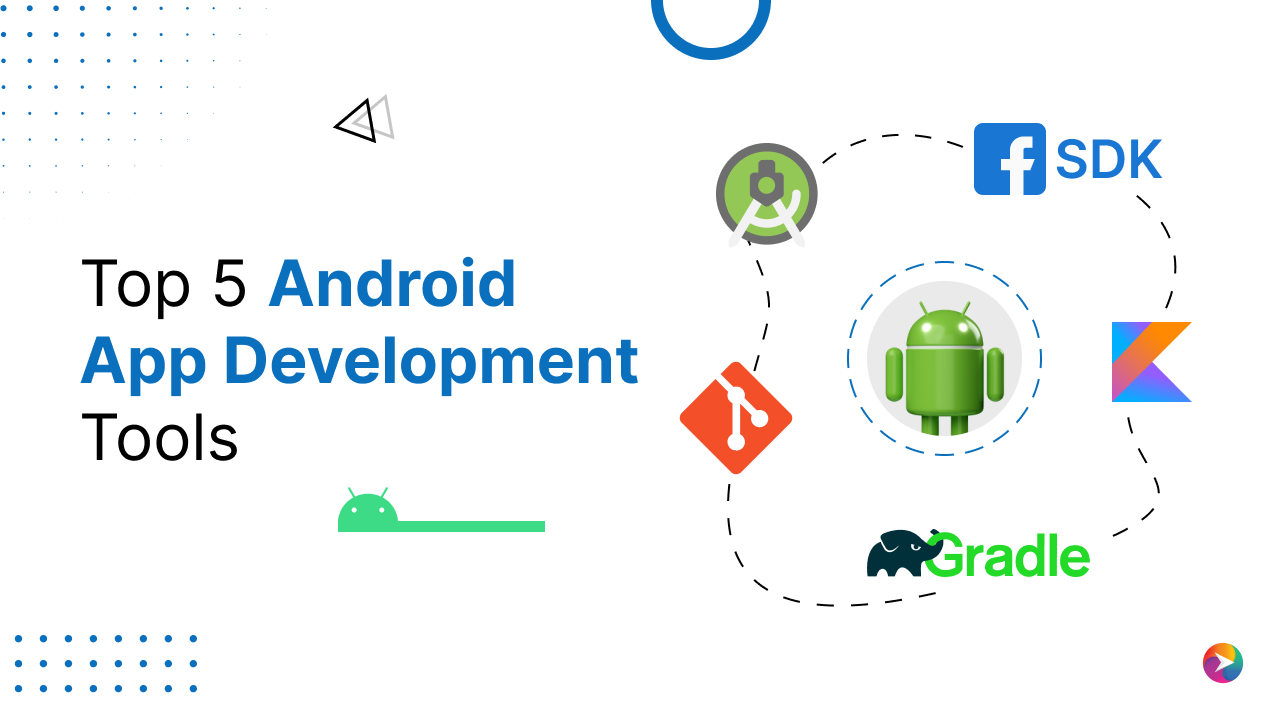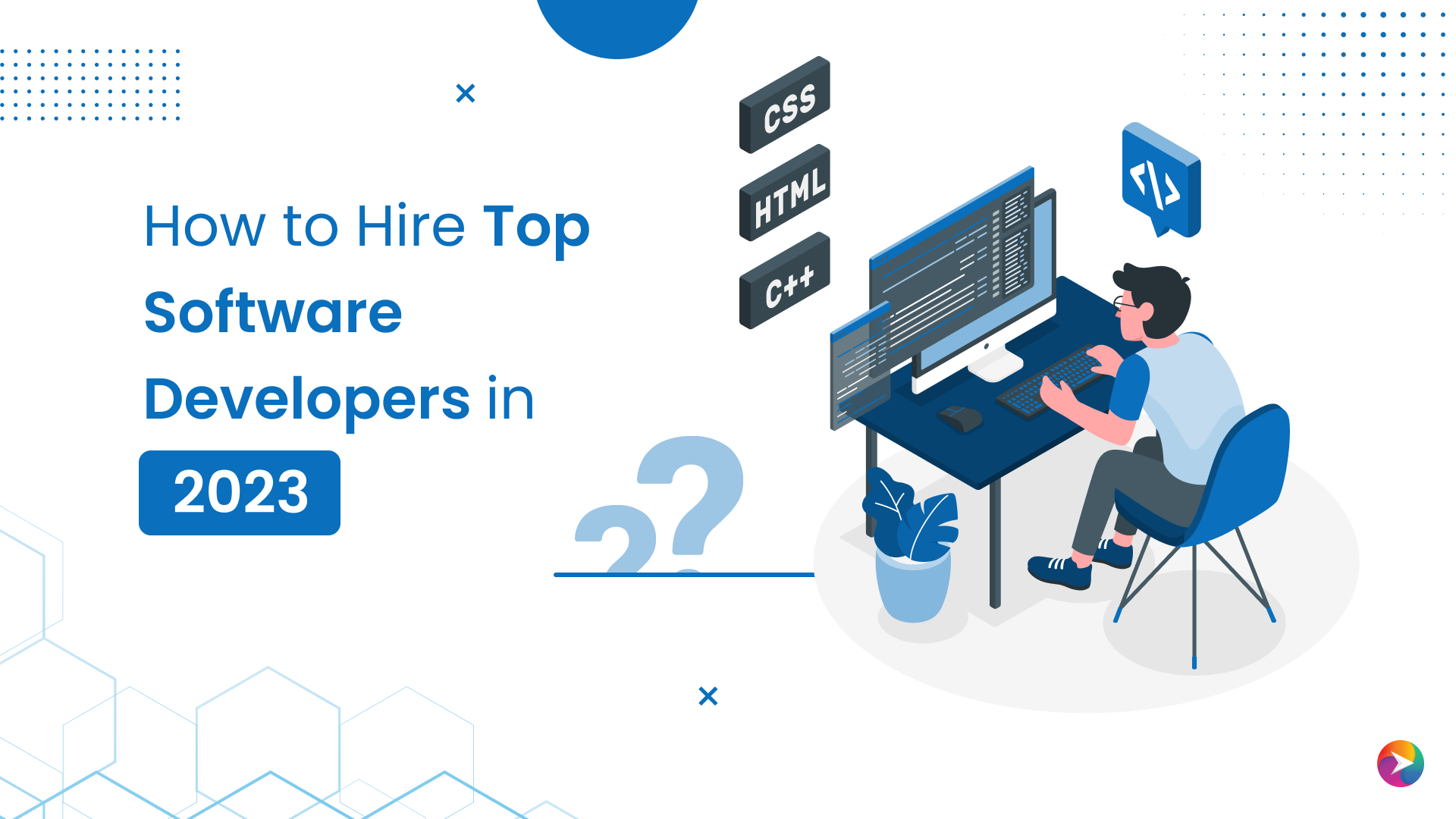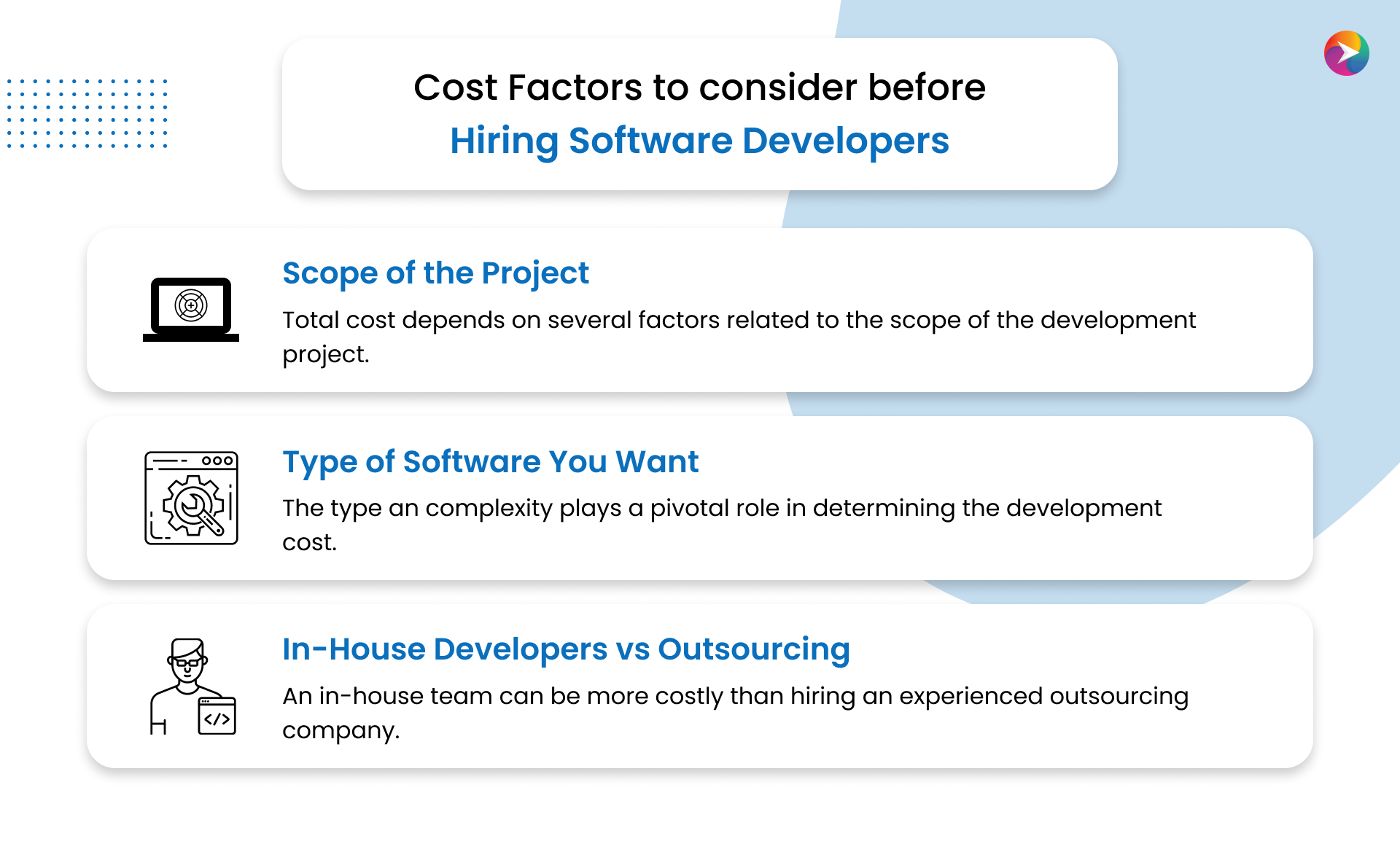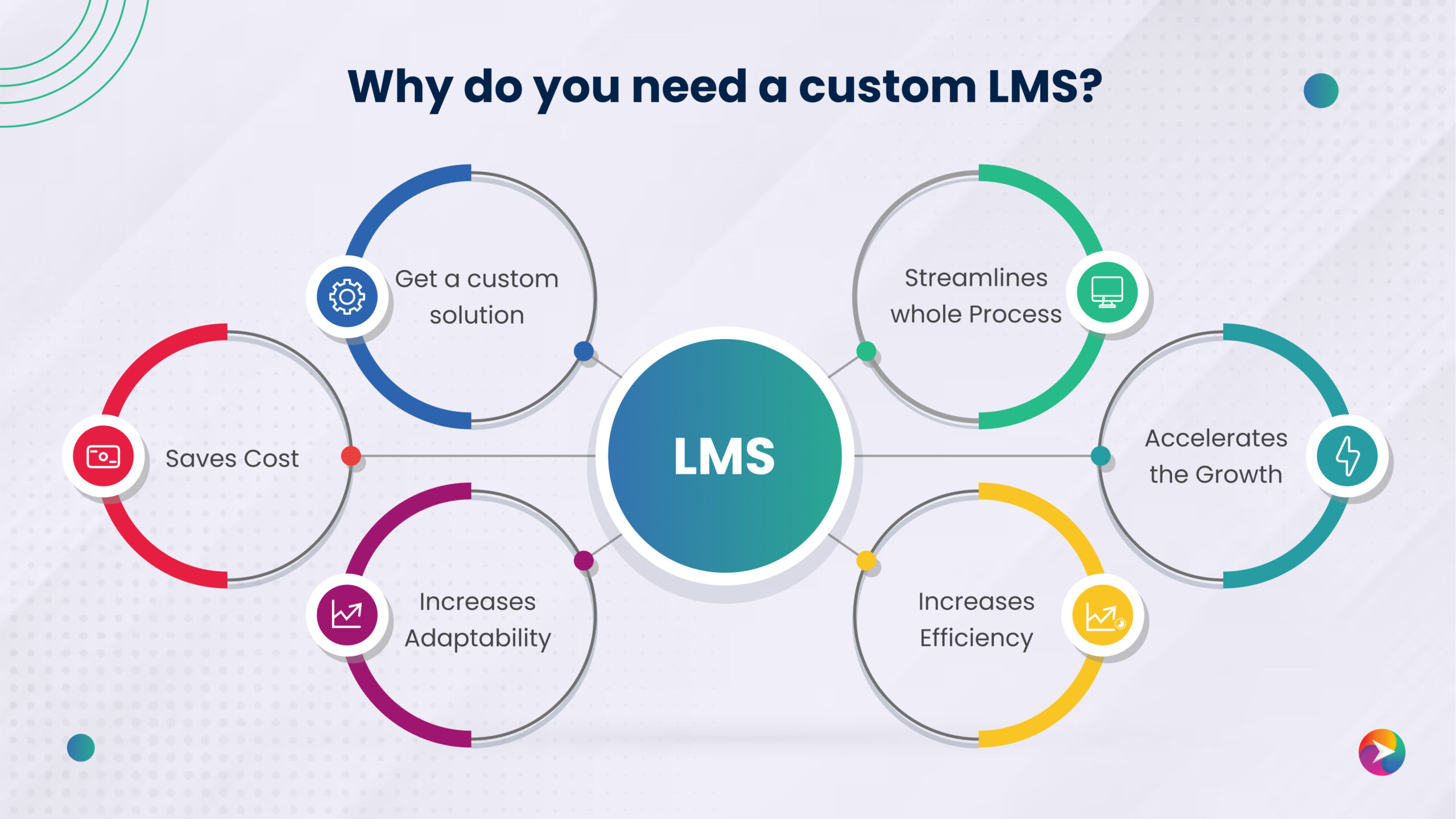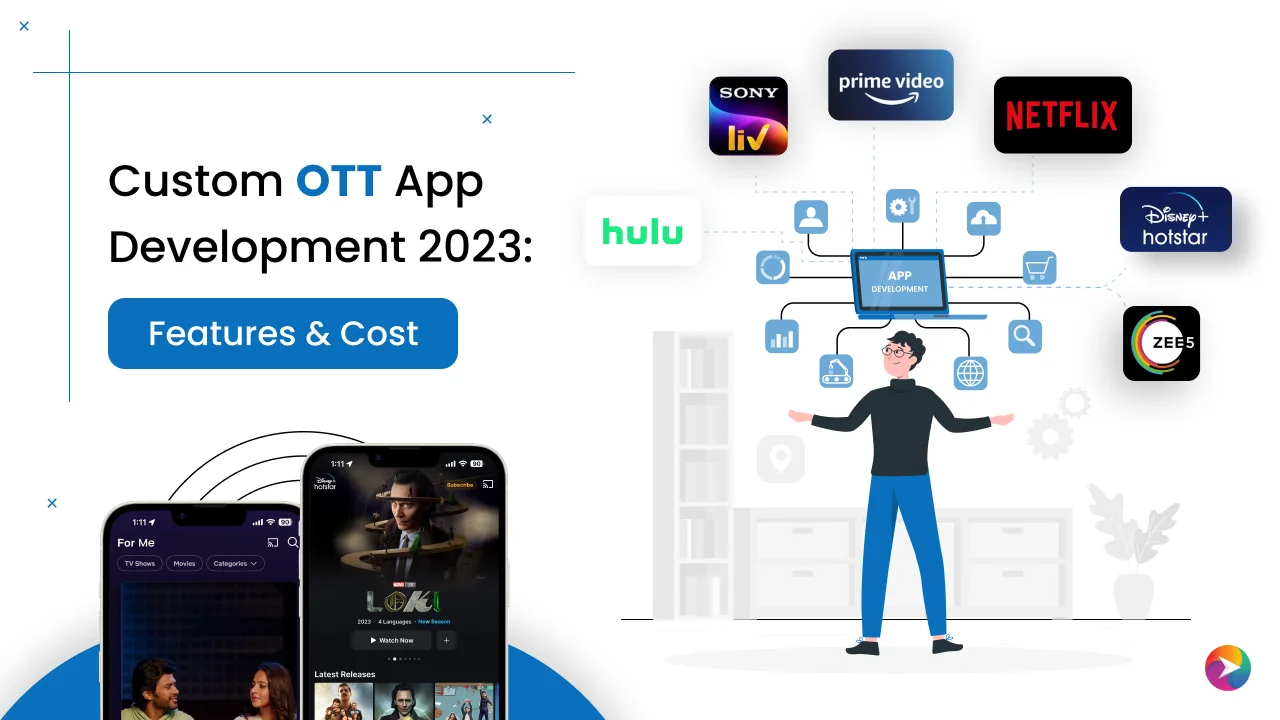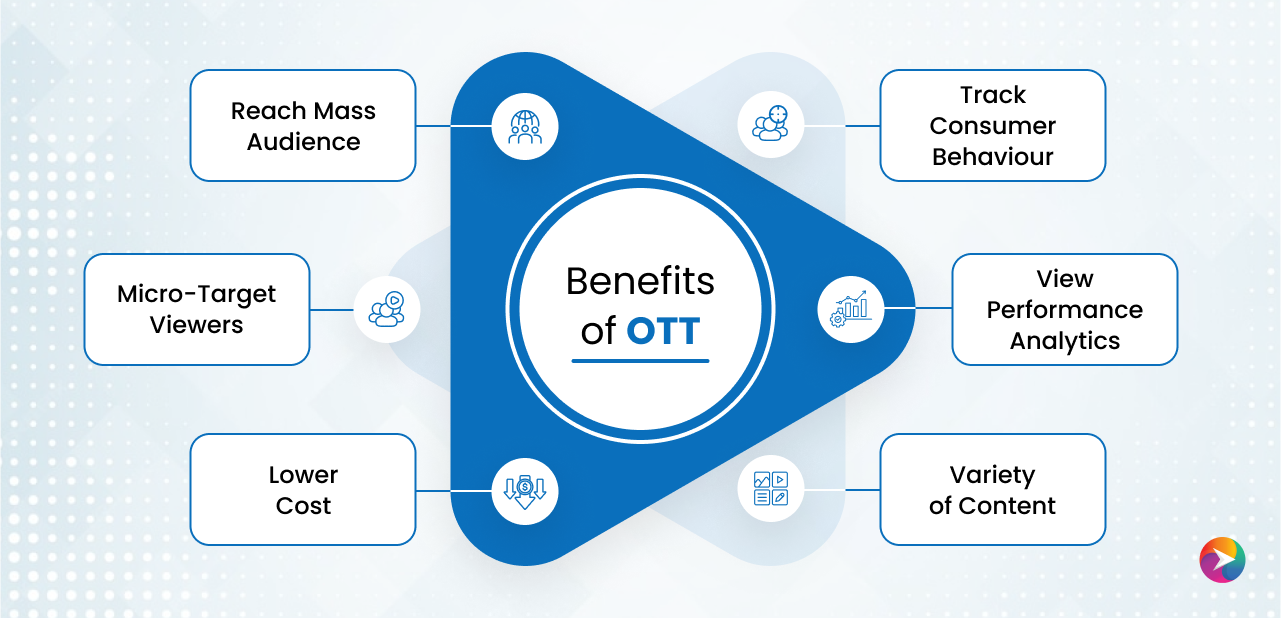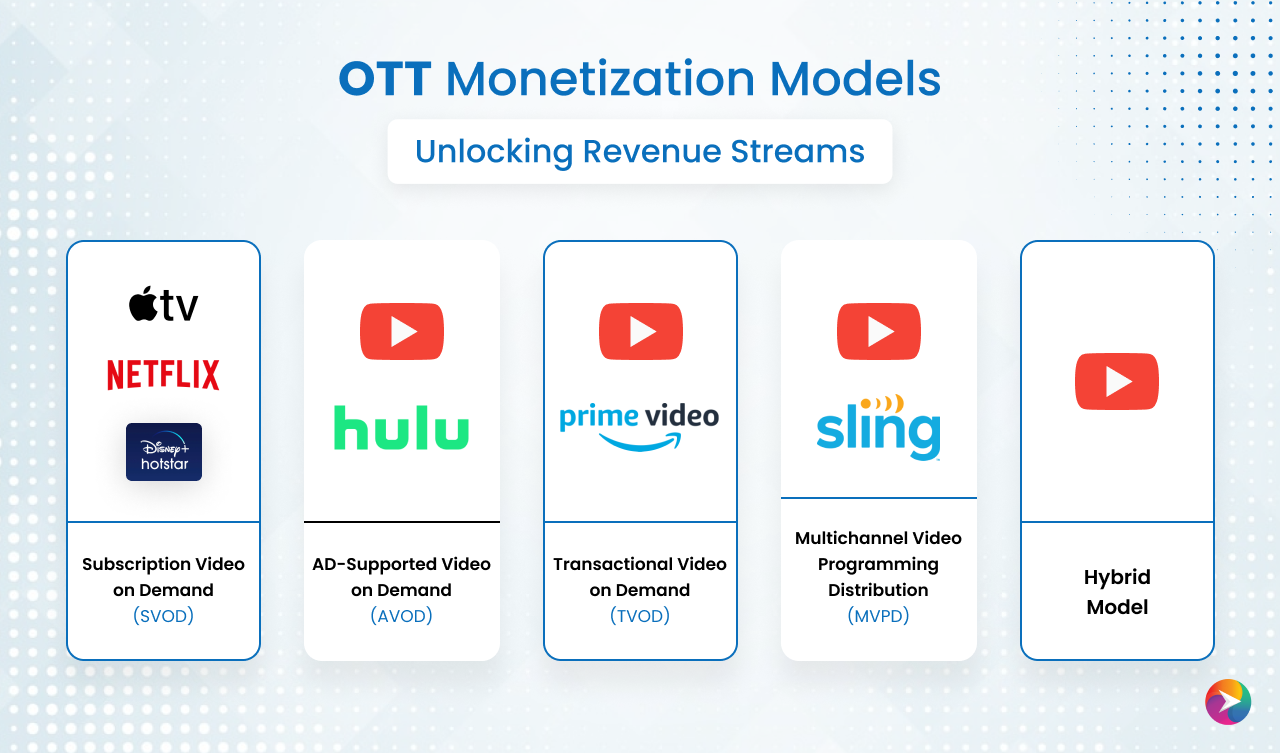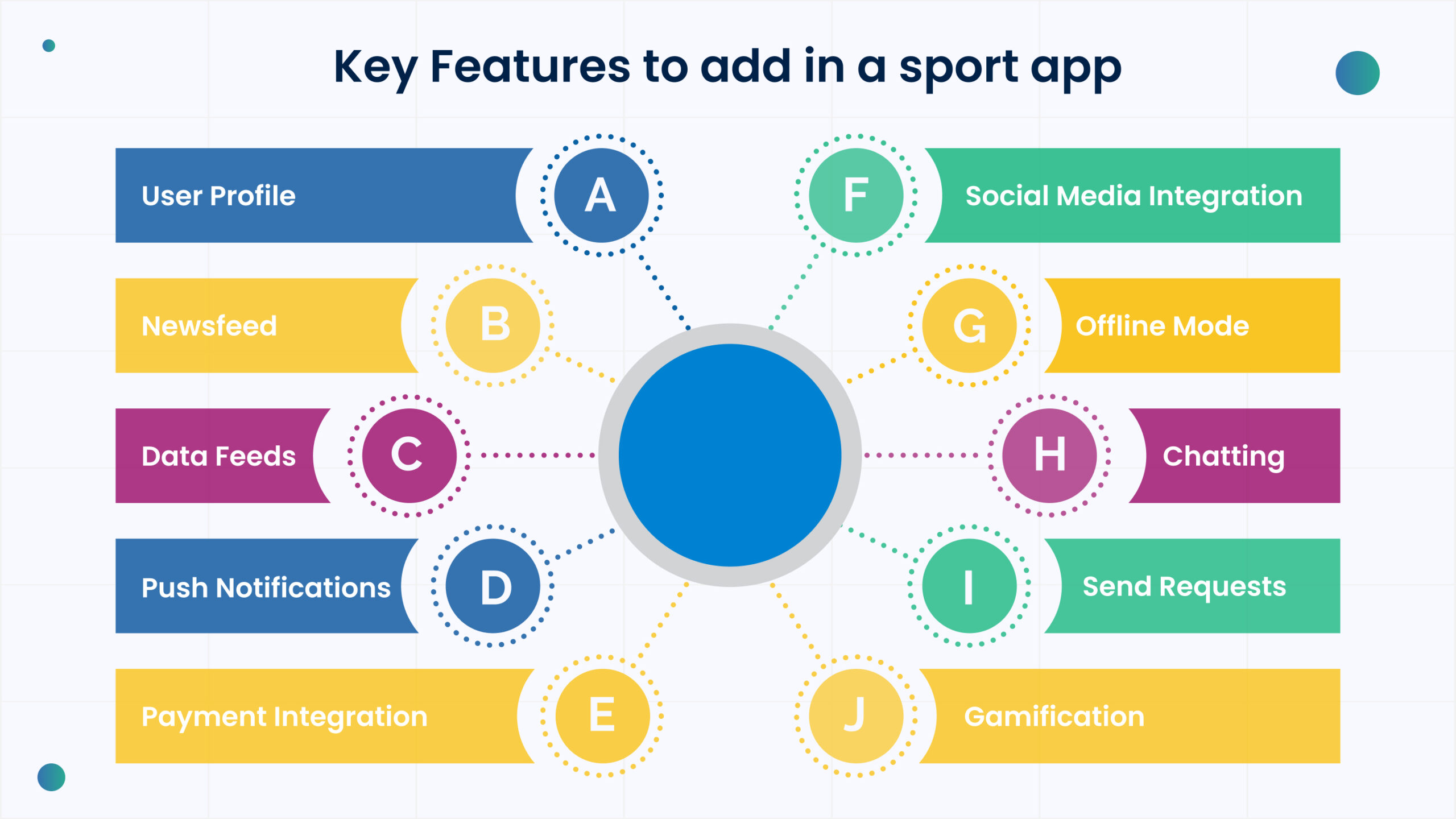 13/12/2023
13/12/2023 
Anand Kumar Mishra
7 Mins to Read
Table of content
So, you’ve got a fantastic idea for a social media app and are eager to get started. But before you jump in, one crucial question remains: How much will it cost to build a social media app in 2024?
In today’s digital age, social media apps are more than just platforms for connecting with friends and family. They have become powerful tools for businesses to reach new audiences, build brand awareness, and drive engagement.
If you’re considering developing a social media app in 2024, you’re probably wondering about the cost. While there’s no one-size-fits-all answer, this article will provide a comprehensive breakdown of the factors that affect the cost of building a social media app and give you a realistic estimate of what you can expect to pay.
Factors Affecting the Cost to Build a Social Media App
Several key factors can significantly impact the cost of developing a social media app:
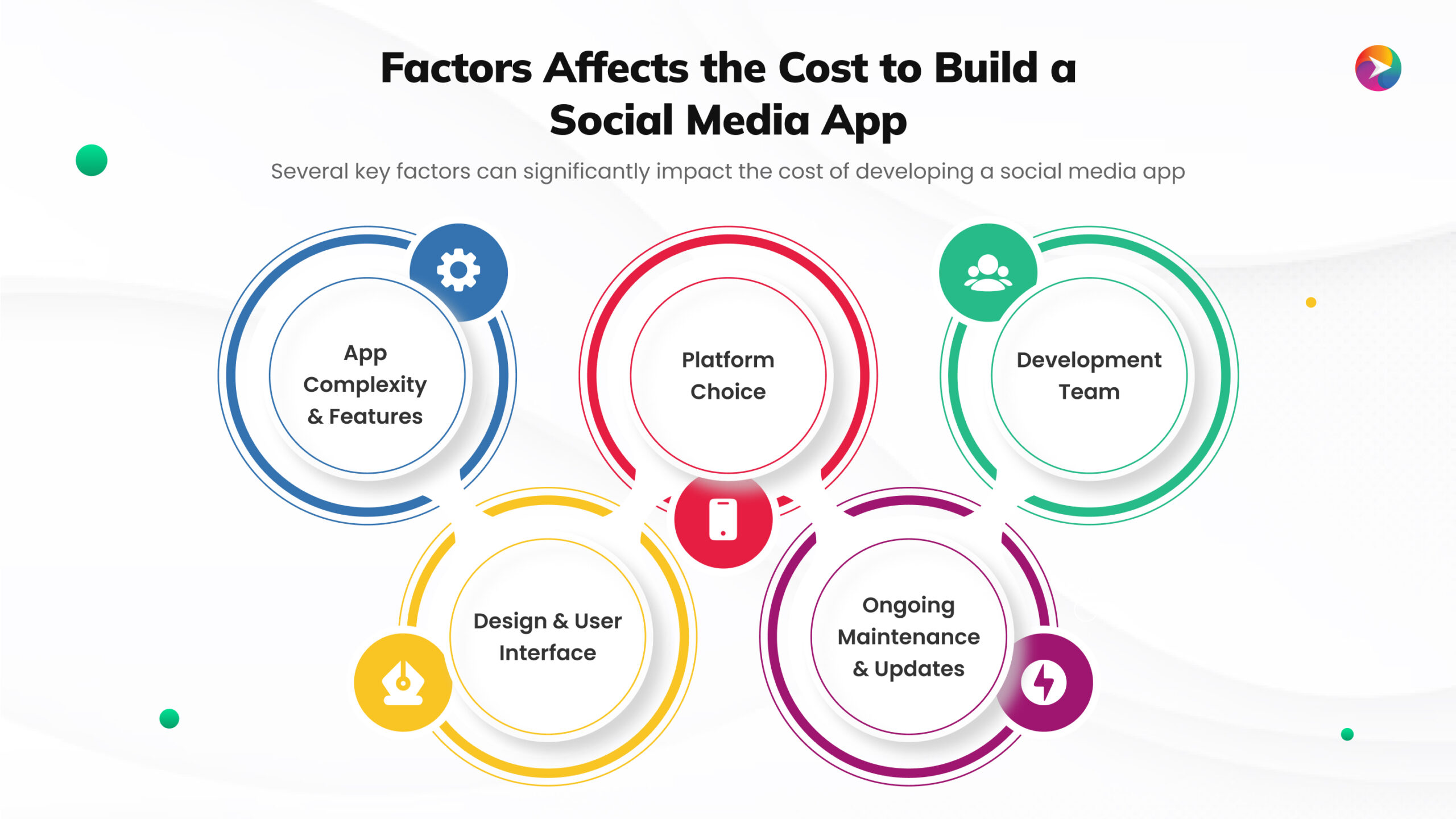
App Complexity and Features
The more complex your app’s features and functionalities, the higher the development cost. Simple apps with basic features, like messaging and photo sharing, will be less expensive to develop than those with advanced features like live streaming, e-commerce integration, and AI-powered recommendations.
Platform Choice
Developing an app for both iOS and Android platforms will naturally cost more than building for a single platform. Additionally, native app development for each platform is typically more expensive than using cross-platform frameworks like Flutter or React Native.
Development Team
The cost of your development team will depend on their experience, location, and skillset. Hiring a team of experienced developers from a developed country will likely be more expensive than working with a team from a developing nation.
Design and User Interface
A user-friendly and aesthetically pleasing design is crucial for a successful social media app. Hiring a skilled designer will add to the development cost, but it’s a worthwhile investment that can significantly improve your app’s usability and user experience.
Ongoing Maintenance and Updates
Building an app is just the first step. You’ll also need to budget for ongoing maintenance, bug fixes, updates, and new feature development to keep your app competitive and engaging.
Estimated Cost of Building a Social Media App
Simple App: $45,000 – $150,000
Medium-Complexity App: $150,000 – $300,000
Complex App: $300,000+
Additional Costs to Consider
- App Store and Google Play Store fees: $99 per year for the Apple App Store and a one-time $25 fee for Google Play Store.
- API Integrations: Integrating third-party APIs like payment gateways or social media logins can incur additional costs.
- Server Costs: If your app requires a back-end server for data storage and processing, you’ll need to factor in server hosting costs.
- Marketing and App Promotion: Budget for marketing campaigns to promote your app and attract users.
Cost to Build a Social Media App in India
Developing a social media app in India can be significantly less expensive than in developed countries. You can expect to pay around $30,000 to $100,000 for a basic to medium complexity app.
How to Optimize Your Budget?
- Define your target audience and app purpose clearly. This helps prioritize features and avoid unnecessary expenses.
- Start with a Minimum Viable Product (MVP). Develop and launch a basic version of your app with core features to gather user feedback and validate your idea before investing heavily.
- Consider outsourcing development. Outsourcing to countries with lower developer rates can be a cost-effective option.
- Utilize pre-built components and libraries. Many ready-made solutions are available for common social media functionalities, reducing development time and cost.
- Choose the right development partner. Partnering with an experienced social media app development company ensures a smooth development process and helps you avoid costly mistakes.
How Apponward Can Help You Build a Successful Social Media App in 2024?

Apponward is a leading social media app development company with extensive experience in building engaging and successful apps. We offer:
- Expert team of developers and designers: Our team has a proven track record of building high-quality social media apps for various industries.
- Cost-effective solutions: We provide transparent pricing models and flexible engagement options to suit your budget.
- Scalable architecture: We build apps using cutting-edge technologies that can scale to accommodate your growing user base.
- Data-driven approach: We leverage data analytics to optimize your app for user engagement and growth.
- Ongoing support and maintenance: We provide comprehensive post-launch support to ensure your app runs smoothly and delivers value to your users.
Conclusion: Making Your Social Media Dream a Reality
Building a social media app in 2024 can be a rewarding and exciting venture. By carefully planning your budget, prioritizing features, and partnering with the right development team, you can turn your idea into a thriving online community.
At Apponward, we are passionate about helping entrepreneurs bring their social media visions to life. We offer the expertise, experience, and cost-effective solutions needed to build a successful app that engages your target audience and achieves your business goals.
Don’t wait any longer. Contact Apponward today for a free consultation and take the first step towards building your own social media empire!

 Mobile Apps
Mobile Apps Web Apps
Web Apps Blockchain
Blockchain Digital Marketing
Digital Marketing Others
Others

